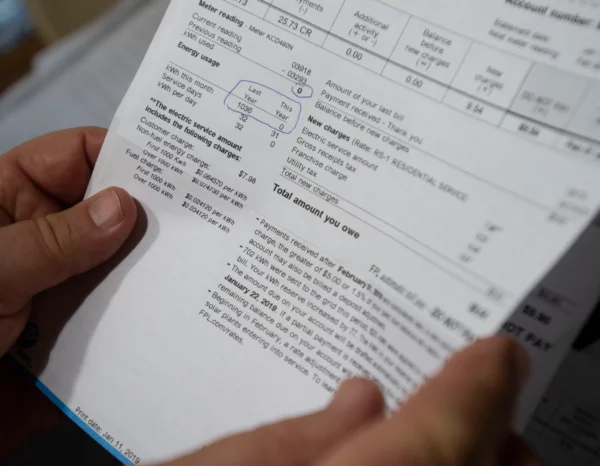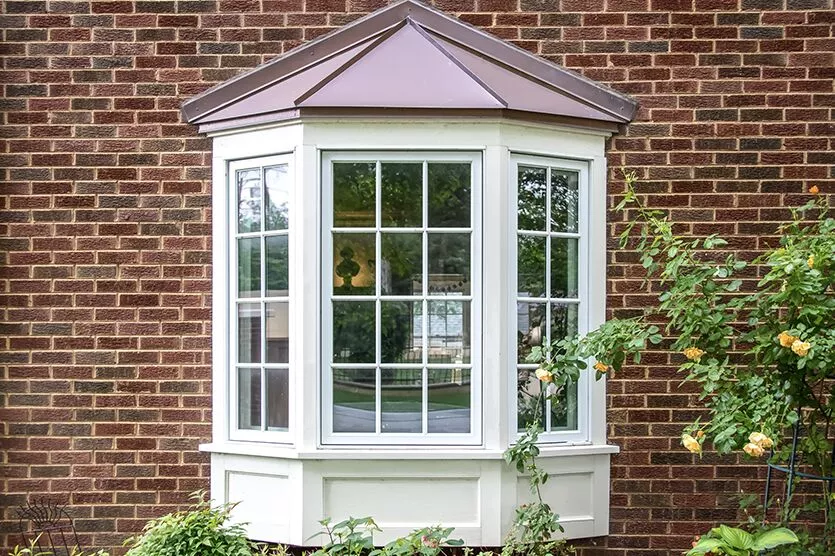Solar changes your connection with PG&E. You’ll get a true-up bill once a year. This statement details your monthly electricity charges and credits annually.
True-up bills are puzzling for many homeowners. This article explains the true-up bill, why it may be so large, and how to reduce or eliminate it.
PG&E True-Up Bill
PG&E sends a true-up charge after each solar billing cycle. Since most solar billing cycles are 12 months, you’ll get your first true-up statement after your first year as a client.
PG&E’s energy statement covers:
- Your annual power usage.
- Consumed and credited electricity.
- PG&E’s retail electricity rate when valuing kWh credits.
- Your yearly Net Usage (kWh) bill.
What is a true up bill? The true-up bill reconciles your yearly, cumulative energy costs, credits, and net generation compensation for the billing cycle.
The true-up statement will show a balance owed if the utility provider reconciles your credits.
Depending on your utility agreement, it will reset existing credits to zero or roll them into your next solar payment cycle.
What’s With My High True-Up Bill? Why
If your latest true-up statement was high, explore these causes:
- Fixed And Non-Bypassable Fees
Your solar installation should include these costs in its first feasibility investigation. After a year, these costs might catch homeowners unprepared.
Utility companies charge customers for grid access. Monthly costs will appear on your PG&E bill. Annual true-up statements summarize monthly charges.
Customers must pay 2 to 3 cents per kWh in addition to customer and meter costs. Non-bypassable fees finance energy efficiency, low-income customer aid, and nuclear decommissioning.
- Electricity Use
Solar households often raise their power use unknowingly. After installing solar, don’t modify your energy habits.
Utility providers compel households to size their solar PV system to offset 12 months of power demand. If a household uses more power after going solar, they may get a larger-than-expected true-up charge.
How Can I Cancel My True-Up Bill?
You may lower your true-up bill by updating your solar system.
Two Options:
Solution 1: Add Solar Panels
If your true-up bill is more than predicted, you’re not producing enough power to save. Consult a solar energy sales professional to determine how much more solar your home needs to balance grid consumption.
Solution2: Add Batteries To Your Solar PV System
Solar panels alone can power your house and minimize your carbon footprint, but when paired with batteries, you can offer electricity when it’s needed most, day or night.
This combination offers a functioning, dynamic system that enhances energy security during power outages.
Simple:
Your battery stores surplus solar electricity. After sunset, the stored energy powers your home. The system controls can prioritize energy supply during nighttime peak hours, when electricity is most expensive, allowing homeowners to avoid excessive time-of-use rates.
PG&E charges more during peak hours (now 4 pm-9 pm). With solar panels and an Energy Storage System, your home may use saved energy during peak hours instead of paying exorbitant Time-of-Use fees.



